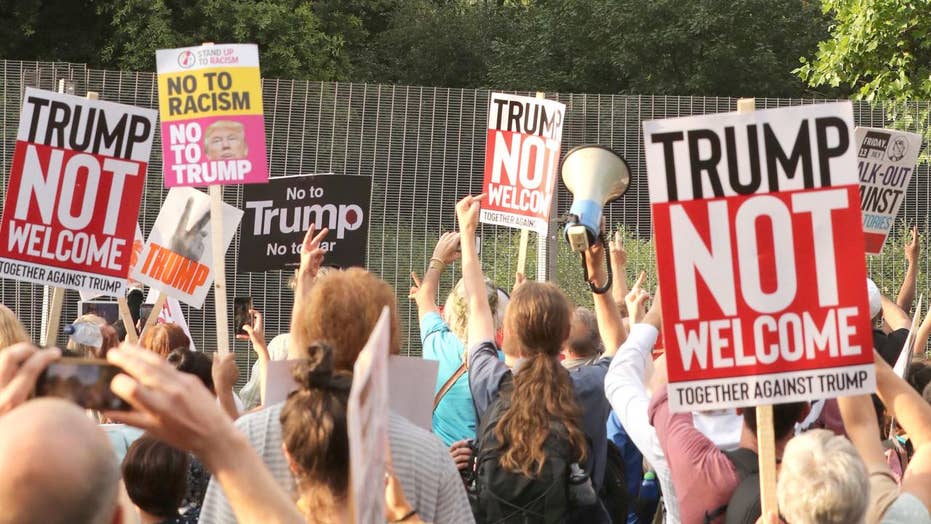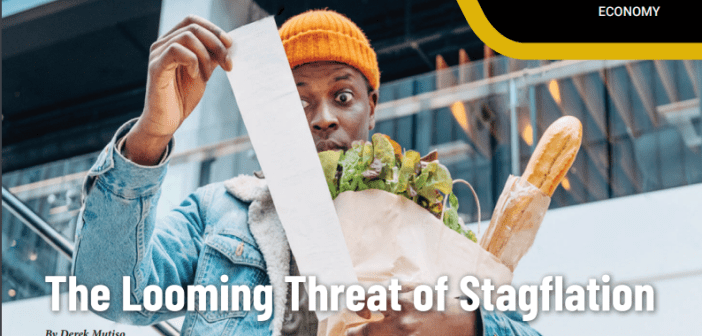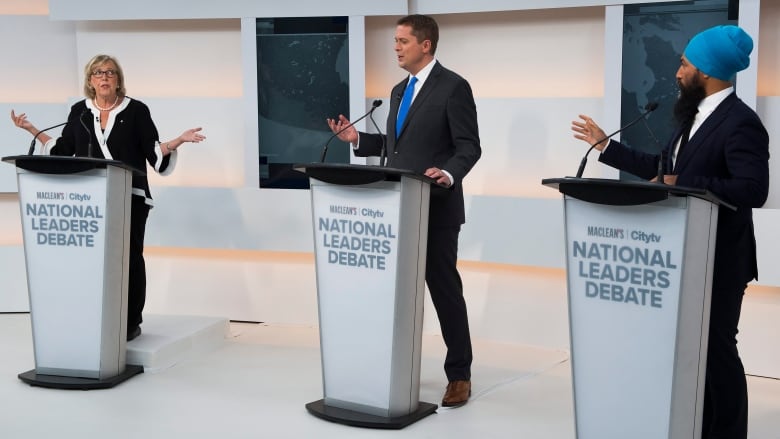The Nationwide Resistance: Protests Against Trump

Table of Contents
Key Issues Driving the Resistance
The nationwide protests against the Trump presidency were fueled by a potent cocktail of policy disagreements and concerns about the direction of the country. Many felt that Trump's rhetoric and actions threatened core American values and principles. Specific policies ignited widespread outrage and mobilized significant resistance. These included:
-
Healthcare: The relentless effort to repeal and replace the Affordable Care Act (ACA), commonly known as Obamacare, sparked massive protests. The fear of losing healthcare coverage and access to essential medical services galvanized millions. Rallies and demonstrations against the proposed repeals highlighted the potential for devastating consequences for millions of Americans.
-
Immigration: Trump's hardline stance on immigration, including the controversial "travel ban" targeting several Muslim-majority countries, the construction of a border wall with Mexico, and the highly criticized family separation policy at the border, fueled widespread condemnation and significant protest activity. These policies were seen by many as inhumane, discriminatory, and contrary to American values.
-
Environmental Regulations: The Trump administration's systematic rollback of environmental protections, including the withdrawal from the Paris Agreement on climate change, triggered widespread protests from environmental activists and concerned citizens. These actions were seen as undermining efforts to address climate change and protect the environment.
-
Social Issues: Policies and statements perceived as undermining LGBTQ+ rights, women's reproductive rights, and racial justice also fueled significant resistance. Protests against these policies demonstrated the deep concern many Americans held about the potential erosion of civil liberties and social progress.
-
Economic Inequality: The administration's tax cuts, which disproportionately benefited the wealthy, further fueled protests from those concerned about growing economic inequality and the widening gap between the rich and the poor.
Forms of Protest and Resistance
The resistance to the Trump presidency manifested in a multitude of forms, reflecting the diverse approaches and strategies employed by protesters. This wasn't a monolithic movement; it encompassed a wide range of tactics:
-
Large-scale marches and demonstrations: The Women's March, held the day after Trump's inauguration, became a symbol of the widespread opposition. Subsequent marches and demonstrations took place across the country, focusing on various issues and mobilizing millions of participants.
-
Civil disobedience and acts of nonviolent resistance: Protesters employed various forms of civil disobedience, including sit-ins, protests, and acts of nonviolent resistance to challenge policies and express dissent.
-
Grassroots organizing and community activism: Local communities organized protests, rallies and town halls to address issues impacting their areas and amplify their voices in the national conversation.
-
Use of social media and online platforms: Social media played a crucial role in mobilizing protests, coordinating actions, and disseminating information about events and actions. Online activism became an integral part of the resistance movement.
-
Legal challenges and court cases: Legal challenges were filed against various Trump administration policies, representing another crucial avenue of resistance.
Geographic Spread and Demographics of the Resistance
The protests against the Trump presidency were not confined to specific regions; they were a truly nationwide phenomenon. While certain areas experienced higher levels of protest activity than others, the resistance movement had a broad geographical reach. Major cities across the country witnessed significant demonstrations, but protests also took place in smaller towns and rural communities, demonstrating widespread opposition.
Analyzing the demographics of the participants revealed a diverse range of individuals from all walks of life. While specific demographics varied depending on the specific protest, participation spanned across age groups, ethnicities, genders, socioeconomic backgrounds, and political affiliations. The movement was far from homogenous, with various groups and organizations playing significant roles.
Impact and Legacy of the Nationwide Resistance
The nationwide resistance against the Trump presidency had a profound and lasting impact on the American political landscape. While it didn't prevent all of the administration's policies, it did shape the political discourse and influence electoral outcomes.
-
Influence on elections and political campaigns: The energy and engagement generated by the resistance movement significantly impacted subsequent elections, motivating voters and shaping political campaigns.
-
Changes in public discourse and awareness of key issues: The protests brought national attention to key issues, raising public awareness and influencing the national conversation.
-
Shifting political alignments and alliances: The resistance movement led to shifts in political alliances and the emergence of new political organizations.
-
Long-term impact on civic engagement and political activism: The scale and intensity of the protests during this period likely left a lasting impact on civic engagement and political activism, inspiring future generations to engage in political processes.
Conclusion:
The nationwide resistance to the Trump presidency was a remarkable and multifaceted phenomenon. It demonstrated the power of collective action, the diversity of approaches to political protest, and the enduring importance of civic engagement. Understanding the nationwide resistance, exploring the various forms of anti-Trump protests, and analyzing their impact provides crucial insights into the dynamics of American political activism. Learn more about the history of political protest in the US and engage in political activism to ensure your voice is heard and to contribute to a more just and equitable future.

Featured Posts
-
 The Looming Threat Will Google Be Broken Up
Apr 22, 2025
The Looming Threat Will Google Be Broken Up
Apr 22, 2025 -
 English Language Leaders Debate 5 Top Economic Takeaways For Voters
Apr 22, 2025
English Language Leaders Debate 5 Top Economic Takeaways For Voters
Apr 22, 2025 -
 Joint Effort South Sudan And Us Coordinate Return Of Deported Citizens
Apr 22, 2025
Joint Effort South Sudan And Us Coordinate Return Of Deported Citizens
Apr 22, 2025 -
 Economists Weigh In Understanding The Bank Of Canadas Decision To Pause
Apr 22, 2025
Economists Weigh In Understanding The Bank Of Canadas Decision To Pause
Apr 22, 2025 -
 Jeff Bezos Blue Origin A Bigger Flop Than Katy Perrys Super Bowl
Apr 22, 2025
Jeff Bezos Blue Origin A Bigger Flop Than Katy Perrys Super Bowl
Apr 22, 2025
Latest Posts
-
 Novi Interv Yu Stivena Kinga Politichni Poglyadi Pismennika
May 10, 2025
Novi Interv Yu Stivena Kinga Politichni Poglyadi Pismennika
May 10, 2025 -
 Zayavi Stivena Kinga Reaktsiya Na Diyi Trampa Ta Maska
May 10, 2025
Zayavi Stivena Kinga Reaktsiya Na Diyi Trampa Ta Maska
May 10, 2025 -
 Stiven King Kritikuye Trampa Ta Maska Ostanni Novini
May 10, 2025
Stiven King Kritikuye Trampa Ta Maska Ostanni Novini
May 10, 2025 -
 Zrada Chi Politichna Gra Analiz Zayavi Stivena Kinga Pro Maska Ta Trampa
May 10, 2025
Zrada Chi Politichna Gra Analiz Zayavi Stivena Kinga Pro Maska Ta Trampa
May 10, 2025 -
 Zayava Stivena Kinga Chi Ye Mask Ta Tramp Zradnikami
May 10, 2025
Zayava Stivena Kinga Chi Ye Mask Ta Tramp Zradnikami
May 10, 2025
